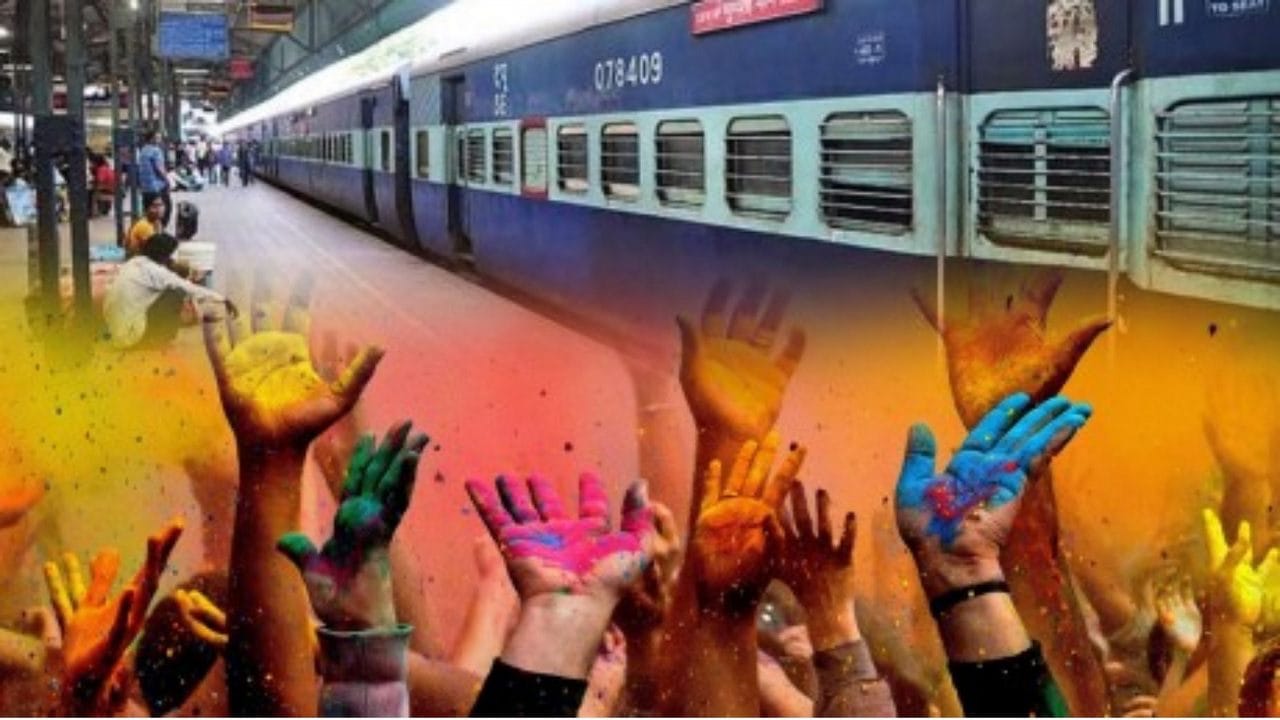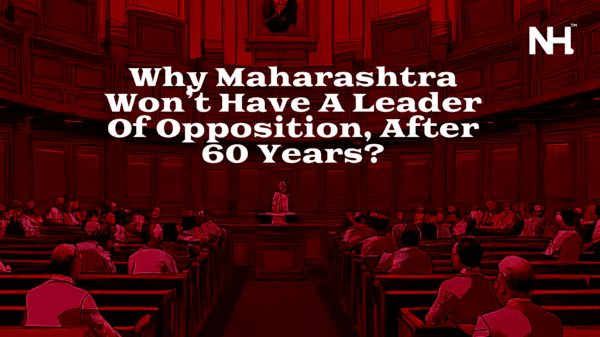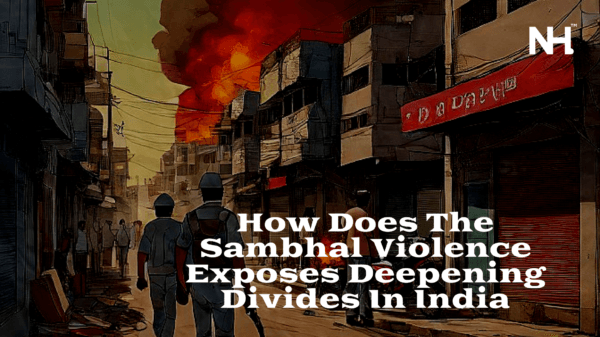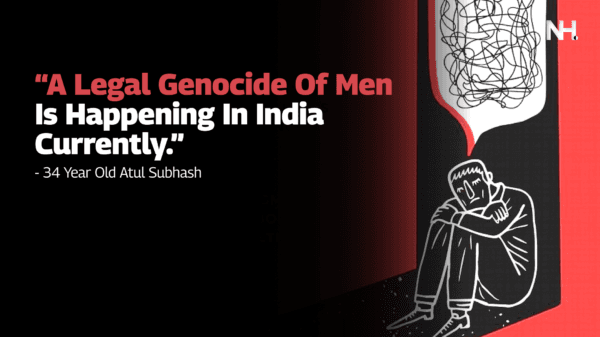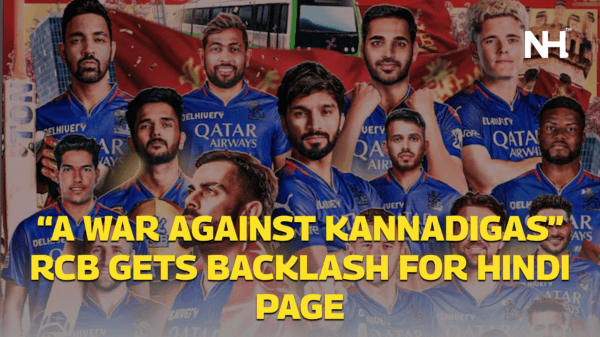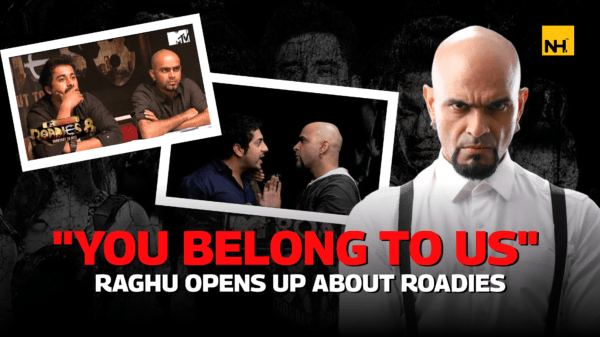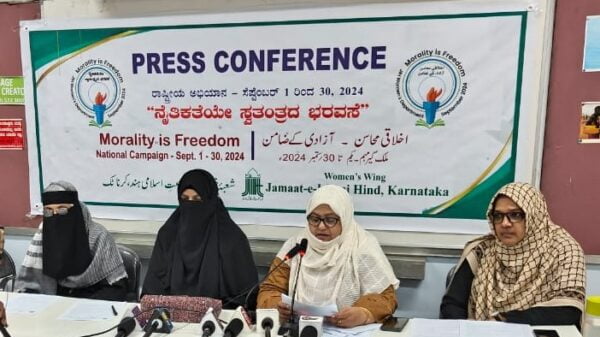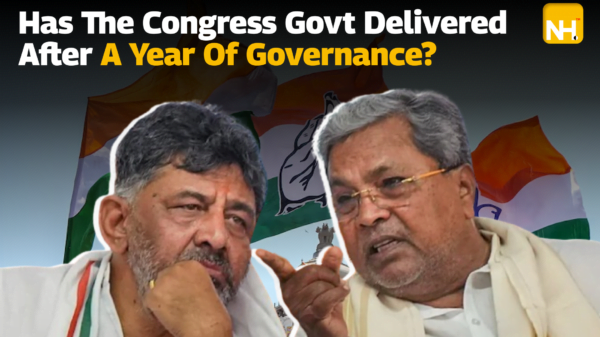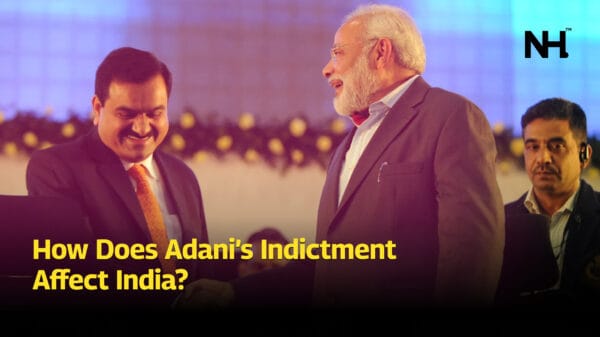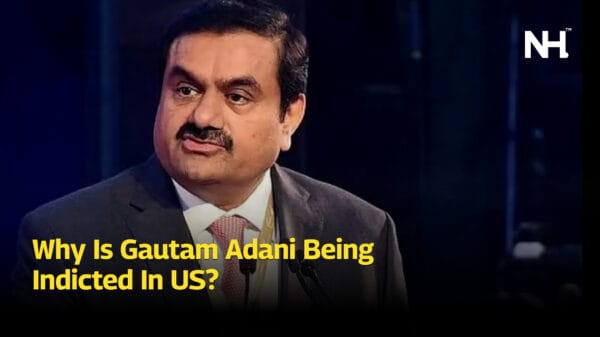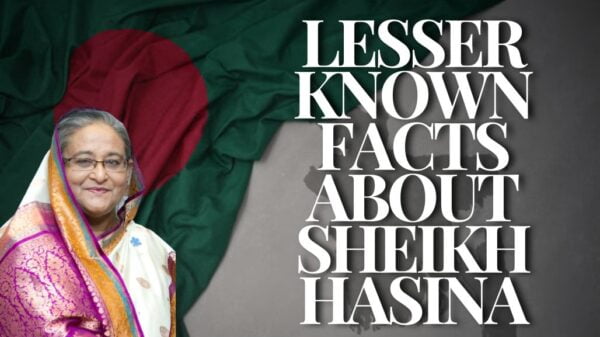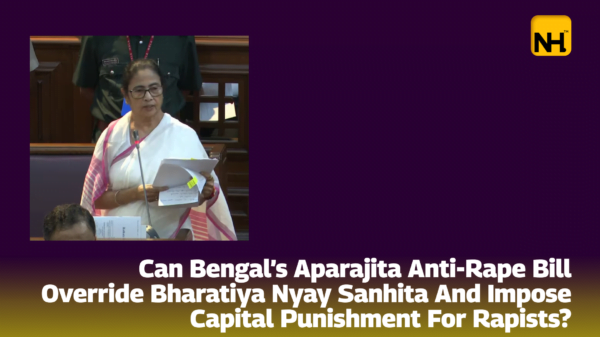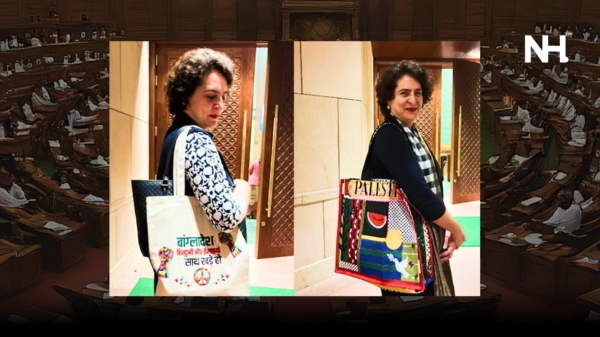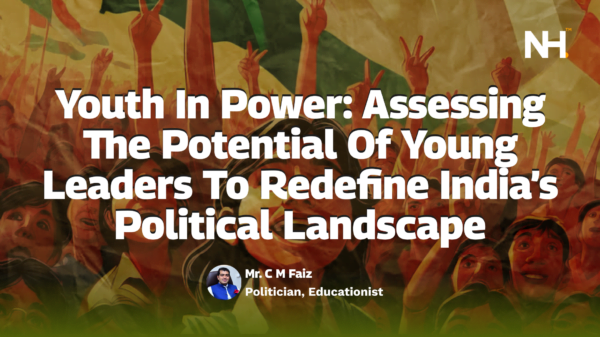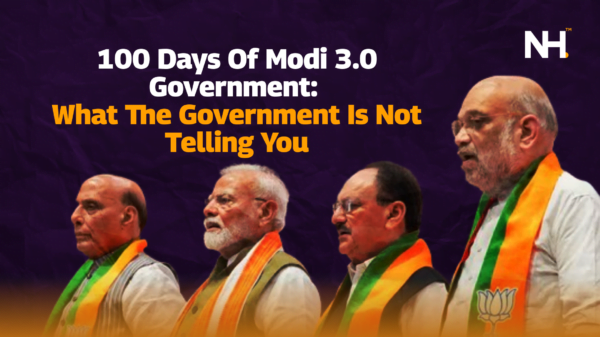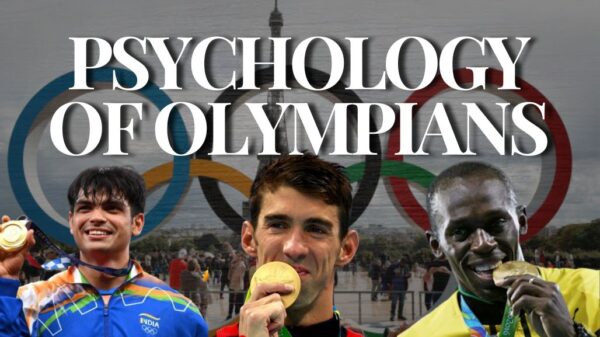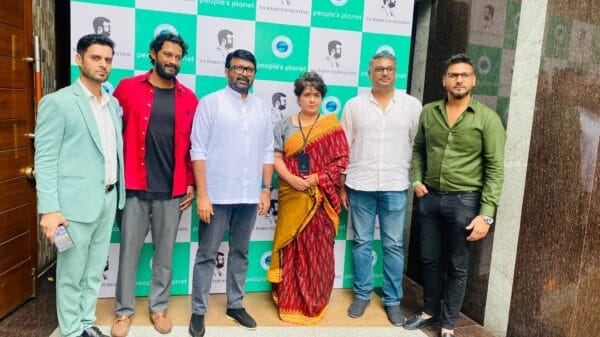Indian cinema has long thrived on its ability to blur the lines between fiction and reality, crafting films that transcend mere entertainment to become profound commentaries on society. This exploration delves into seminal art films that have defined this genre, showcasing their innovative storytelling and rich portrayals of real-life struggles. From Satyajit Ray’s groundbreaking Apu Trilogy to Guru Dutt’s melancholic Pyaasa, each film reflects a commitment to capturing the essence of human experience. Through these works, filmmakers have skillfully merged cinematic artistry with raw, unvarnished glimpses of reality, offering audiences a deeper understanding of the world and themselves.
1. Apu Trilogy by Satyajit Ray (1955-1959)
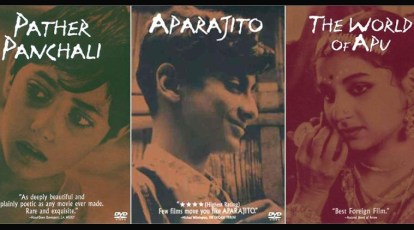
Satyajit Ray’s Apu Trilogy, spanned over Pather Panchali (1955), Aparajito (1956) and The World of Apu (1959), revolutionized Indian cinema by introducing a raw, unfiltered portrayal of rural life. Initially an unexpected success, the trilogy, completed on a modest budget, depicted the struggles of Apu’s family amidst a backdrop of socio-economic contrasts. Influenced by European Neorealism, Ray’s films eschew traditional hero-villain dichotomies, focusing instead on the nuanced realities of life. The characters, from the stoic mother to the free-spirited father, are vividly drawn, revealing their personal and societal struggles. Ray’s depiction of Apu’s journey—from innocence to somber reflection—captures the essence of human resilience and transformation.
2. Charulata by Satyajit Ray (1964)

Madhabi Mukherjee in Charulata
Charulata, celebrating its 50th anniversary, remains extraordinarily fresh and engaging. Based on Rabindranath Tagore’s The Broken Nest, the film is set in colonial Calcutta and explores the life of Charulata, a cultured yet bored wife of a newspaper editor. Her life changes when her charming cousin, Amal, comes to stay, leading to a delicate and subtle comedic romance. The film is praised for its clarity, unshowy genius, and Shakespearean comedy flair. Madhabi Mukherjee’s portrayal of Charulata and the film’s artistic poise highlight Ray’s remarkable storytelling ability. Charulata is described as a cinematic tonic, providing both intellectual and emotional enrichment. The review underscores the need for greater recognition of Ray’s contributions to cinema.
3. Manthan by Shyam Benegal (1980)

Smita Patil and Girish Karnad in Manthan
Benegal’s Manthan captivates with its layered narrative, addressing themes like femininity, fidelity, casteism, and corruption without relying on a single dominant conflict. The film, based on a minimalistic story, utilises sound effects and cinematography to enhance its authenticity. The screenplay shifts focus from one issue to another, reflecting modern societal issues in a rural Indian setting. Performances, including Naseeruddin Shah’s impactful cameo, contribute significantly to the film’s charm. The song “Mero Gaam Katha Parey” evokes the struggles and emotional depth of the characters, particularly Bindu (Smita Patil) and Dr. Rao (Girish Karnad). Despite some criticism about the protagonist’s portrayal, Manthan remains a heartfelt and relevant exploration of systemic issues, offering a profound and engaging cinematic experience.
4. Garm Hava by M S. Sathyu (1973)

Balraj Sahni in Garm Hawa
Garm Hava remains a poignant exploration of the human cost of the 1947 India-Pakistan partition. Centred on Salim Mirza (Balraj Sahni), a Muslim shoemaker torn between staying in India or migrating to Pakistan, the film delves into the emotional and social turmoil faced by his family and community. The film is notable for its authentic portrayal of post-partition struggles, driven by powerful performances from Sahni and supporting actors like Farooq Shaikh and Smita Patil. Sathyu’s documentary-style direction, combined with evocative dialogues by Kaifi Azmi and Shama Zaidi, enhances the film’s realism. The cinematography captures the essence of Agra’s changing landscape, while Bahadur Khan’s haunting music underscores the film’s melancholy. Despite its age, Garm Hava remains relevant, highlighting themes of displacement and identity that resonate today. Its compelling narrative and emotional depth make it a timeless classic.
5. Kaagaz Ke Phool by Guru Dutt (1959)
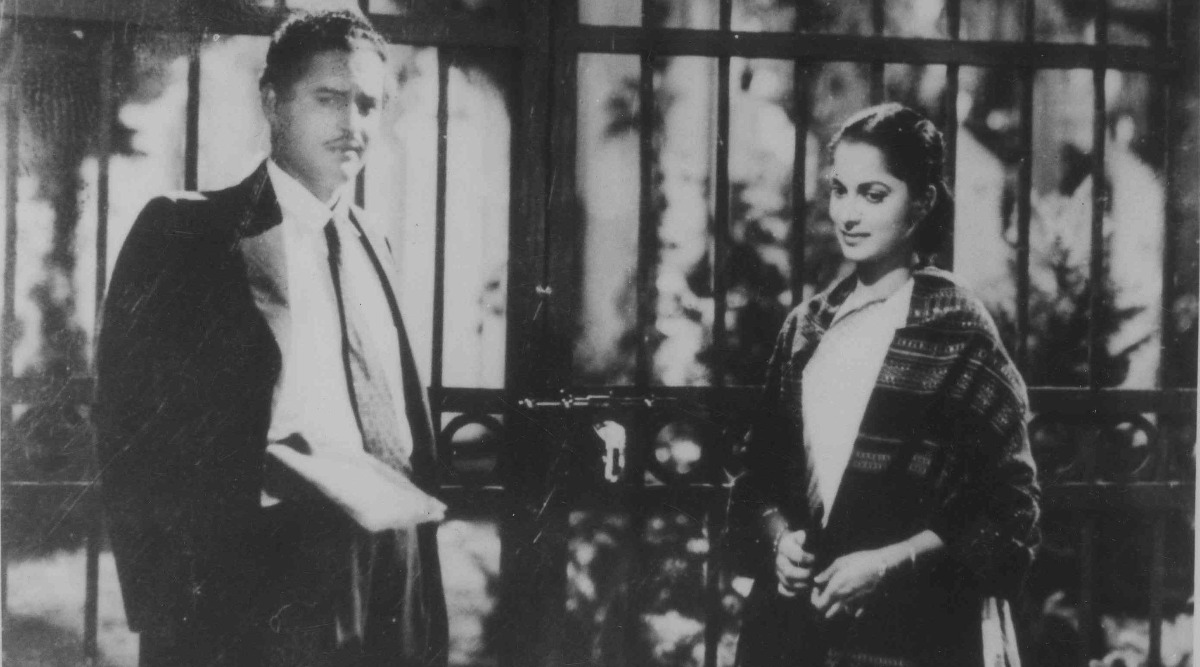
Guru Dutt and Waheeda Rahman in Kaagaz Ke Phool
Guru Dutt’s Kaagaz Ke Phool (1959) is celebrated for its profound portrayal of a filmmaker’s tragic fall from grace. Released on Dutt’s 97th birthday, the film remains a masterclass in cinema despite its initial box office failure. It tells the story of Suresh Sinha (Dutt), a once-renowned director whose personal losses, including a custody battle for his daughter, lead to his professional downfall. The film features notable performances by Waheeda Rehman and Dutt, using the CinemaScope format to enhance its visual impact. Through its narrative, the film critiques the film industry’s harsh realities and the lonely life of its stars.
6. Pyaasa by Guru Dutt (1957)
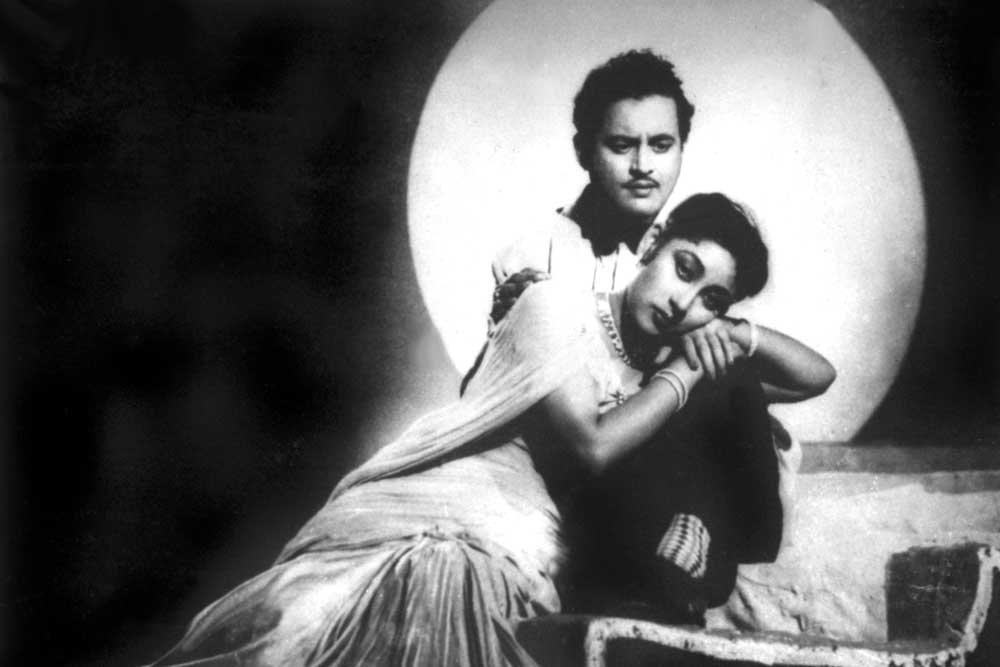
Guru Dutt and Mala Sinha in Pyaasa
Pyaasa, hailed by TIME as one of the top 100 films ever, portrays Vijay (Dutt), a struggling poet rejected by society and betrayed by his love, Meena (Mala Sinha). His only solace is Gulabo (Waheeda Rehman), a prostitute who appreciates his poetry. After a series of personal tragedies, including his mother’s death, Vijay plans to end his life but instead finds his poems posthumously celebrated. The film’s power lies in its poignant narrative, evocative music, and innovative cinematography, featuring striking use of light and shadow. Pyaasa remains a profound critique of societal values and personal disillusionment.
7. Arth by Mahesh Bhatt (1982)

Smita Patil and Shabana Azmi in Arth
Despite being made over 40 years ago, *Arth*—starring Shabana Azmi, Smita Patil, and Kulbhushan Kharbanda—offers a raw, empathetic portrayal of infidelity and personal growth. The film avoids cliches, focusing instead on the nuanced journeys of its characters. Pooja’s evolution from a wronged wife to an independent woman and Kavita’s transformation from a mistress to a self-empowered individual are depicted with depth and empathy. The film’s realistic characters and insightful treatment of mental health issues, along with its memorable music, make it a standout piece in Indian cinema.
8. Ardh Satya by Govind Nihalani (1983)

Om Puri in Ardh Satya
Ardh Satya marked a significant departure from the glamorous portrayals of heroes in mainstream Bollywood, presenting a gritty, realistic view of society. The film stars Om Puri as Anant Welankar, an honest cop battling systemic corruption, and Sadashiv Amrapurkar as the menacing don Rama Shetty. Amrapurkar’s portrayal, guided by a recommendation from theatre veteran Vijay Tendulkar, became a defining role in his career, showcasing his exceptional talent with understated intensity. The film, written by Tendulkar and featuring a poignant score by S.D. Panwalkar, remains influential for its raw depiction of political and social issues. Nihalani’s film stands out for its absence of melodrama and its focus on authentic, character-driven storytelling, securing its place as a benchmark in political cinema.
9. Albert Pinto Ko Gussa Kyon Ata Hai by Saeed Akhtar Mirza (1981)
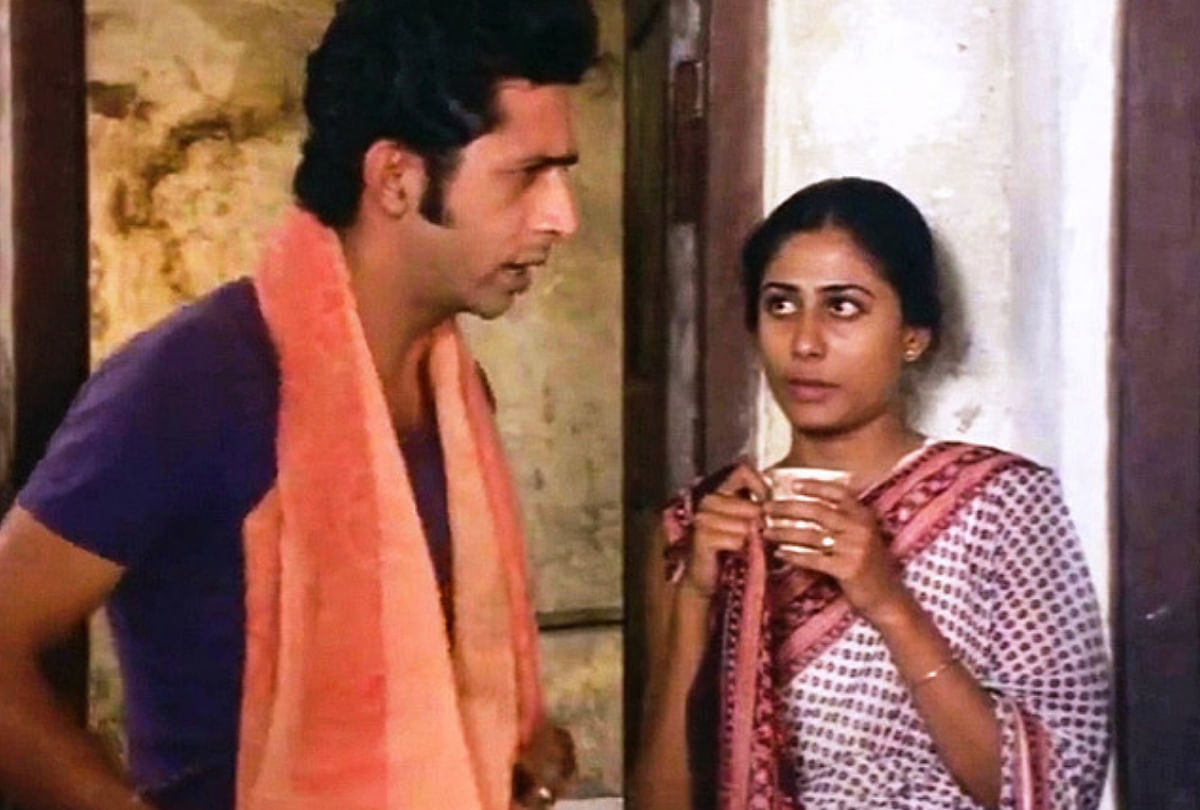
Naseeruddin Shah and Smita Patil in Albert Pinto Ko Gussa Kyon Aata Hai
This film explores the socio-economic tensions affecting the Pinto family. The film follows Albert Pinto, whose anger stems from his frustrations with societal and economic injustices. It portrays his strained relationships with his family, including his underpaid brother, his diligent sister, and his disheartened girlfriend, Stella. The film highlights class conflicts and the impact of socio-political structures on personal lives. Known for its intense performances, particularly by Naseeruddin Shah, the film is celebrated for its poignant social commentary and remains a significant work in Indian cinema for its portrayal of working-class struggles.
10. Mohan Joshi Hazir Ho by Saeed Akhtar Mirza (1984)
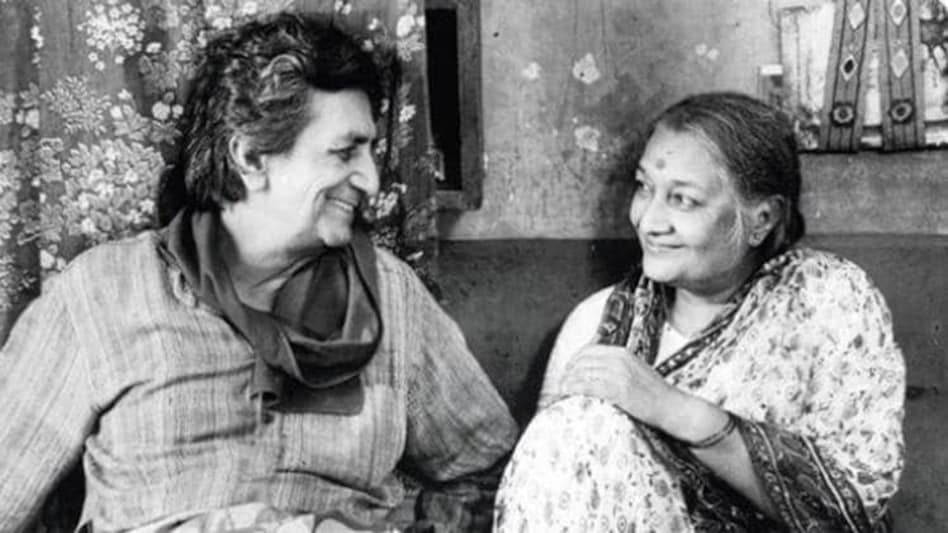
Bhisham Sahni and Dina Pathak in Mohan Joshi Hazir Ho
Mohan Joshi Hazir Ho is a dark satire about an elderly man, Mohan Joshi, played by Bhisham Sahni, who battles a corrupt landlord, Kundan Kapadia, for home repairs. Despite his idealistic belief in justice, Joshi faces manipulation and systemic obstacles, exacerbated by unscrupulous lawyers. The film, which won the National Film Award for Best Film on Family Welfare, critiques the societal structures that favor the wealthy and highlights the struggles of the common man. It portrays Joshi’s persistence against a seemingly unjust system, echoing the timeless challenges faced by ordinary individuals.
Read more:
The Hema Committee Report Tracker: How A Report Exposed Misogyny And Harassment In Mollywood


